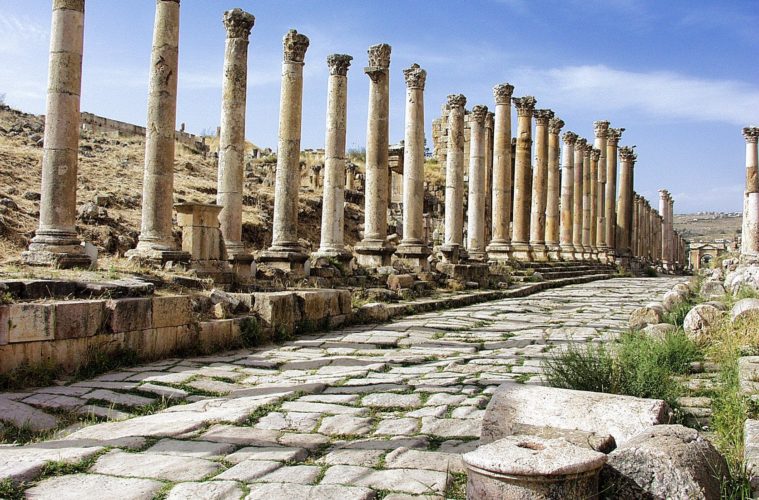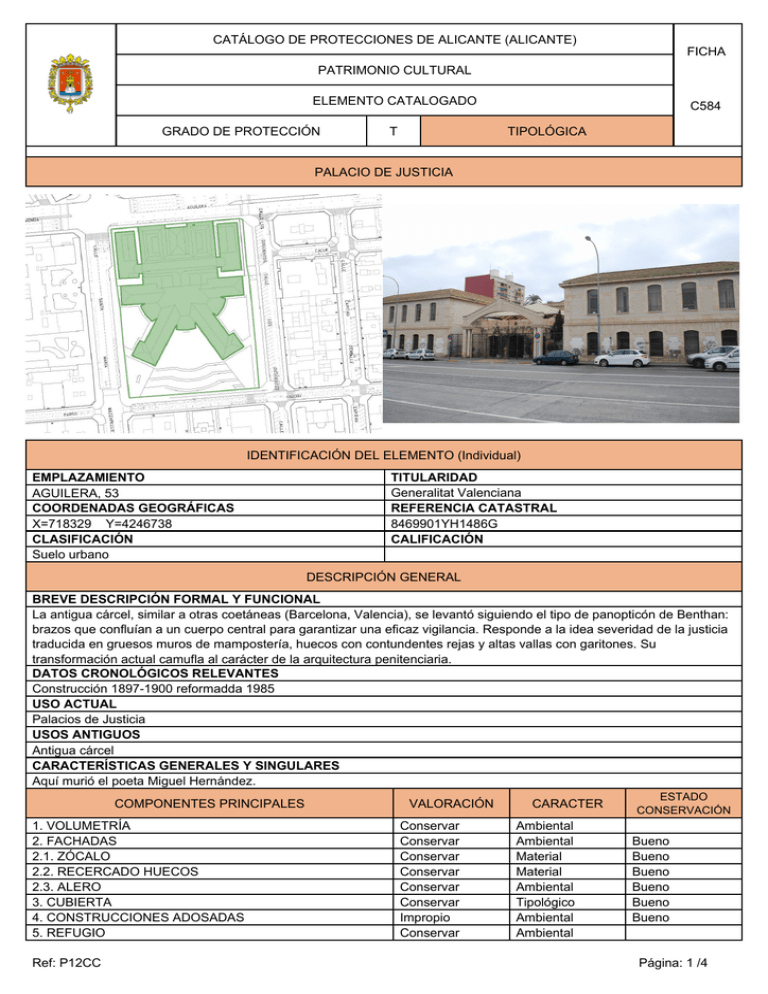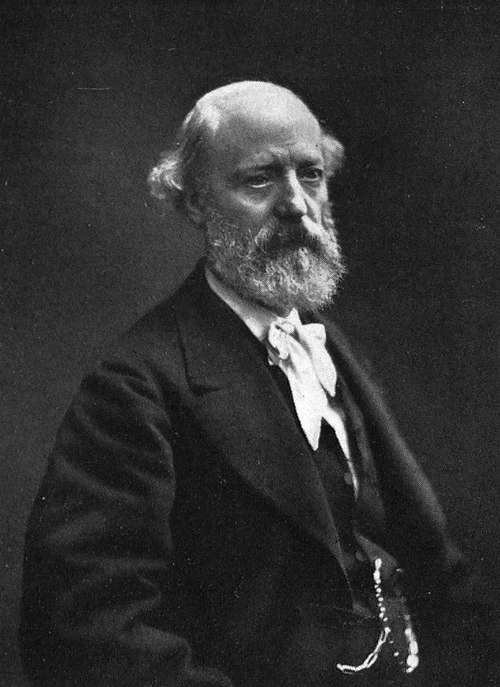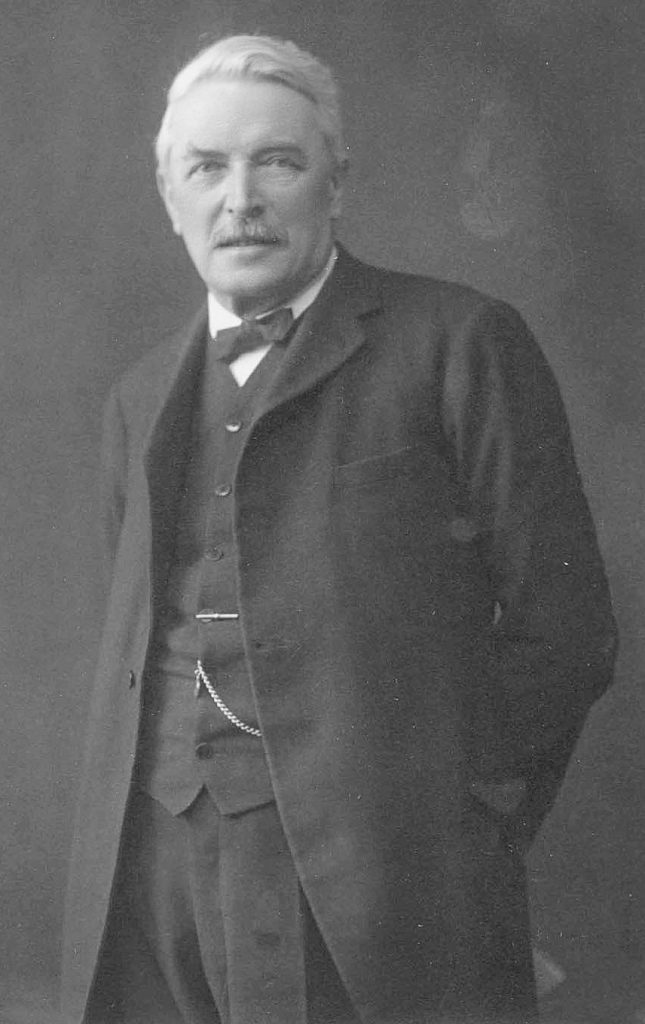Heritage architecture is a term that refers to buildings or structures of historical or cultural importance, which are a vital part of the country’s heritage and require conservation.
CULTURAL IDENTITY

To identify a culture by the set of it monuments is a mistake.
Years ago, the cultural asset is formulated. It has objects with historical or artistic value but also any expression, manifestation or significant testimony with documentary capacity.
After the Second War, many cultural identities had been lost and the society needed to recover and reconstruct those signs. If traditional history had focused in the political events, militar events, and therefore monument constituted its been representations.
The NEW HISTORY center its the interest in man and his existence, the instrument of work, the utensils of everyday use, showing and all-encompassing dimension.
“cultural assets”: These cultural assets can be material, immaterial, emotional, or even spiritual. They can be ‘solid’ things like concert halls, galleries, gardens, parklands and stadiums. They can be special tracts of the natural environment which encourage particular types of cultural activities.
1954 HAGUE CONVENTION. This was the first asset, that convent to protect the cultural propoerty in the event of armed conflict. Then, the UNESCO, proposed a classification of assets:
- MONUMENTS.
- SETS
- PLACES
The Law of Patrimonio Histórico Español (1985):
“The Spanish Historical Heritage is the main witness to the historical contribution of the Spaniards to universal civilization and their contemporary creative capacity. The protection and enrichment of the assets that comprise it constitute fundamental obligations that bind all public powers, according to the mandate that governs them in article 46 of the constitutional norm”

Considered cultural assets:
- agricultural assets
- historic property
- monuments of architecture
- works of art
- gastronomic culture
- industrial production
Heritage is a valuable factor for empowering local communities and enabling vulnerable groups to participate fully in social and cultural life. It can also provide time-tested solutions for conflict prevention and reconciliation. It is important to preserve it.
In order to preserve you must know before what the cultural assets of a people are: CATALOG. Therefore, all goods contained in catalogues must be protected and preserved.
WHAT SHOULD WE PRESERVED
- PRESERVE THE CULTURAL VALUES NOT ONLY THE FISIC ASSETS
- EVERY ASPECT OF A BUILDING SHOULD BE PRESERVED ( matter, construction techniques, shapes, dimensions, colours, materials, textures, character, use, environment, meanings… )
- MAKE THE BUILDING SHOW AND EXPLAIN ITS VALUES
HOW TO PRESERVE
1 TOOLS:
- LEGISLATIVE INSTRUMENT
- Protenting ( laws and rules ). Legal actions or administrative rules. It depends on the level of protection there a some words like TUTELAGE or SAFEGUARD.
- Invertorying. A inventory is a complete list of items such as property, goods in stock, or the contents of a specific extend. Constitutes a preventive conservation.
- Cataloguing. Involves the enumeration, description and location of a property, but also it provides a historical study and economic valuation of a Heritage Resource.
Catalog: an instrument of indirect and preventive conservation, as a means of knowledge and valuation of assets. As we see in the image, and example of catalog of heritage of Alicante.

- Actions of interventions
- Preservation of the environment. it is the conservation putting more emphasis on the preventive aspect against hazards or posible damages.
- Maintenance. Providing a continuous maintenance and some punctual repairs to confirm the progression of the asset.
- Repairing. In the buildings, it means the action to repair. Also linked to the maintenance.
- Consolidation. Is a particular way of preserving, reinforcing structural, constructive or material elements by giving them greater consistency or solidity.
- Renovation. It is a direct intervention on the monument whose purpose is the restitution or improvement of the legibility that is lost over time, without incurring alterations or falsifications of its documentary nature.
- Adaptation. Synonymous to ”recovery”. Return something to its former state of functionality.
- Reconstruction. It is a procedure of integral or partial reconstruction of the building, with an absolutely exceptional character, that has been carried out in specific historical circumstances and as a consequence of traumatic events.
- Anastylosis. It’s a set of operations to put in place building elements (generally fallen and scattered).
- Repristination or restoration. Action of returning a monument to its earlier (or pristine) state by removing accretions or by reassembling existing elements. It suggests to “go back” to the original state of a building by removing added later stages.
HOW TO PRESERVE ?
THEORIES:
- Restoring branches: Viollet-le-Duc and Luca Beltrami.


EUGÈNE VIOLLET-LE-DUC
It represents one of the most important figures of the French rationalist school.
He devoted himself mainly to the restoration of medieval monumental ensembles such as the Cité de Carcassonne or the Roquetaillade Castle, being criticized for the audacity of his solutions. His restorations sought to recover or even improve the original state of the building, with an interest focused more on the structure and the architecture itself than on the decorative elements.


He advocates:
- Originality of style, providing the maximum value to the original style.
- Unity of style, aiming for the perfect, closed and complete work, as if it were new.
JOHN RUSKIN

Recognized aesthetic master of several generations of Victorian artists, he is mentioned in art histories, above all, as the introducer of neo-Gothic taste in England, the greatest champion of Pre-Raphaeliteism and the discoverer of William Turner, to whom he dedicated a famous essay.
He dedicated his life to writing about art and architecture criticism, as well as different essays on sociology.
RESTORATIONS CARRIED OUT
Although Ruskin gave a lot of opinion on restoration and architecture, he did not make any intervention.
HIS OPNINIONS ABOUT THE RESTORATIONS:
“To restore is to discover the original aspect that has been lost due to decay, accidental or untimely alterations“.
This explains why Ruskin defends that architects cannot do their will as far as the conservation of a building is concerned, since it does not belong to them. The building belongs to those who built it, used it and those who will come.